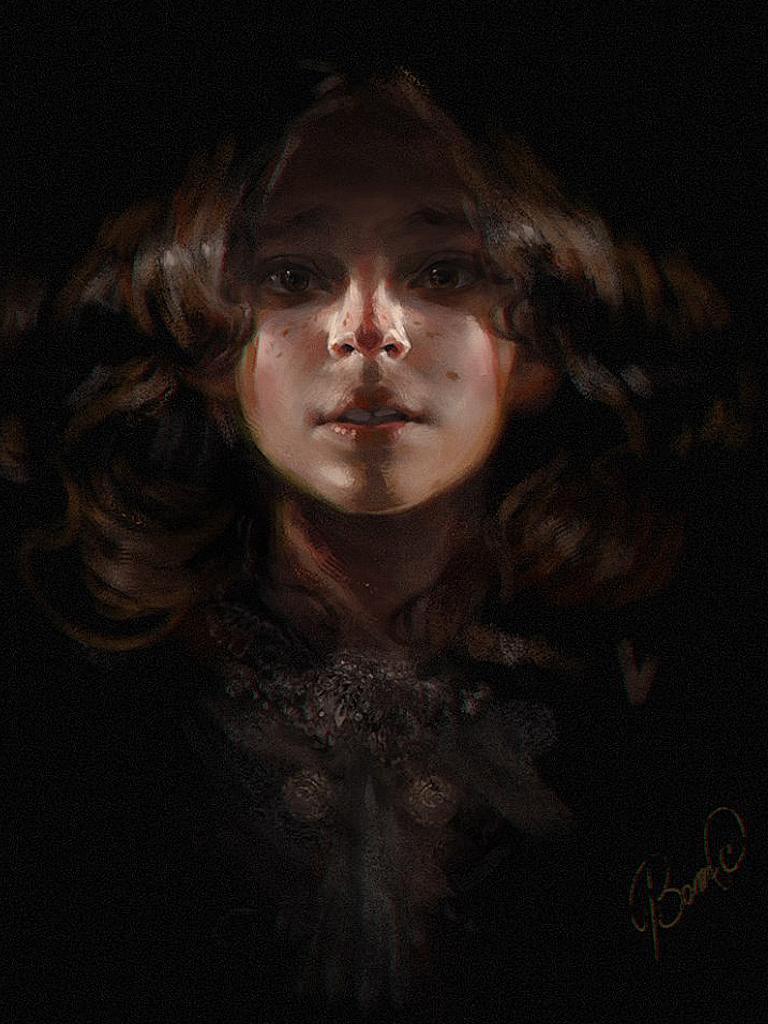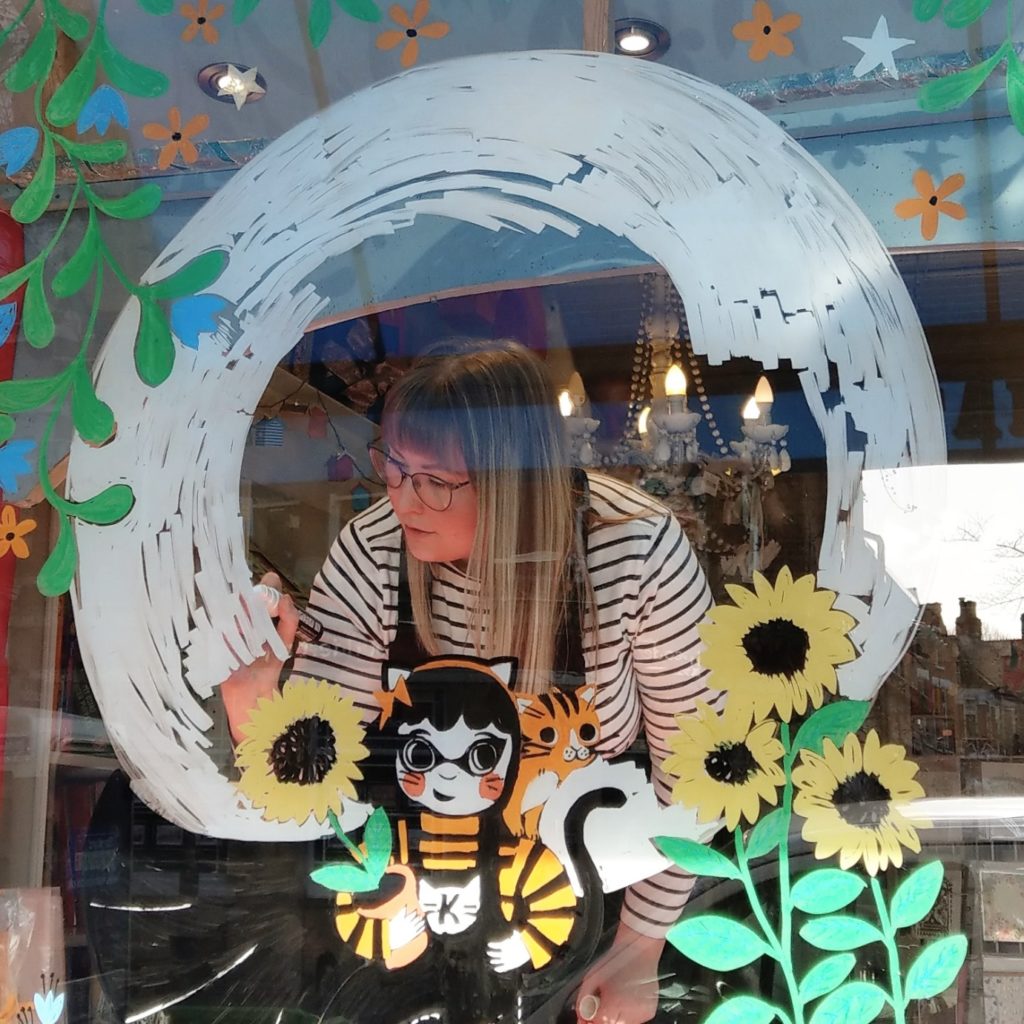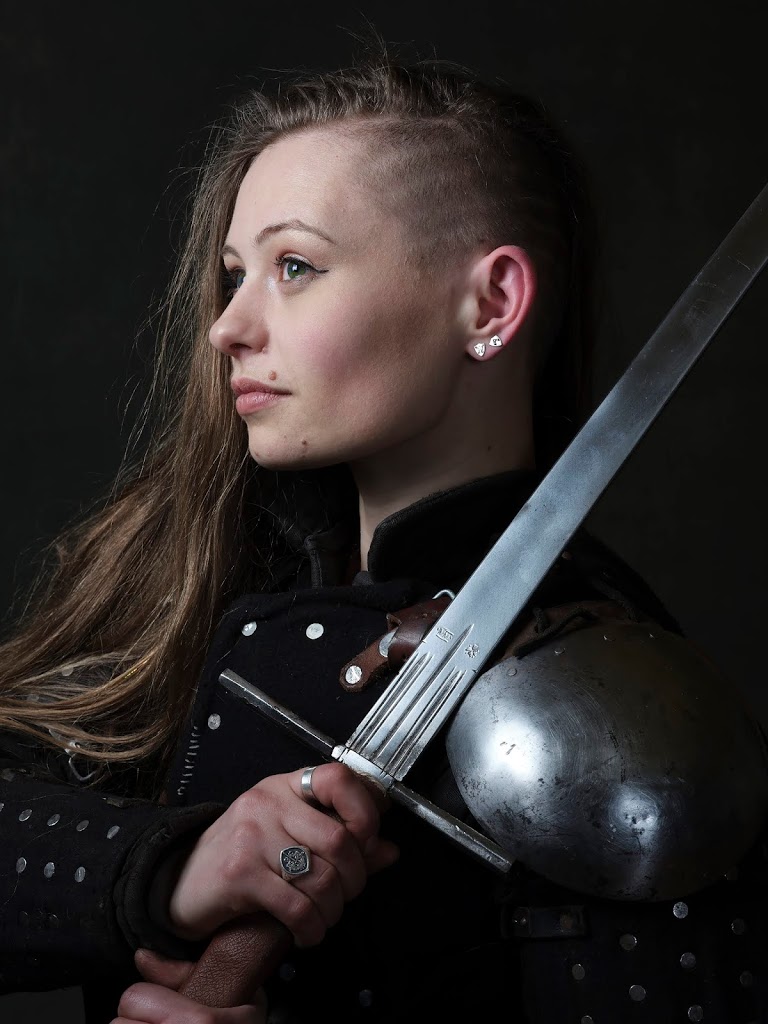How did you get into art?
I can describe my adventure with art in few words – hard work, perseverance, love and truth. Once you fall in love with art, you love to work and you never tire of it. In this journey you need to follow your true emotions, show your true face and be prepared that someone won’t like what you do. And that’s ok – it’s not right to change yourself who people who want you to be different. The truth is the one and right path. If you try and realise your dreams with a false version of you your future won’t be real.
I started to draw when I was younger, before I went to school. I loved to watch my dad sketching and creating astounding pieces of art. The way he moved his pencil hypnotised me. I used to sit next to him and sketch flowers, candles and little portraits. Even when he was at work I was drawing all day. I felt like I was born to draw. In those days it was difficult to earn money as an artist – my parents cared about my future and tried to dissuade me from it. But how can you dissuade someone from doing something that makes them happy?
My dad noticed my determination and decided to support me. He became my first drawing teacher, and the most precise, rigorous and patient one I’ve ever had. He taught me that being over satisfied with your art kills ambition and becomes blind pride. He didn’t want me to slow down because I was happy with what I had done but kept pushing me to do more and more. Determination is the line between possible and impossible, it makes you seek a better version of yourself, while satisfaction makes you think you are good enough to take a rest.
I am grateful my parents believed in me before I could prove my ability, and I am still driven to please them. Difficulties shape our existences and inform us, some changes may be painful but they arenecessary for success. My parents didn’t have very much but they did everything in their power to facilitate my first step into art – we moved from Poland to Italy when I was 15 as there are more opportunities there. Their sacrifice is my biggest motivation not to disappoint them.
Where did you study?
Firstly, more than what school you go to it is important to teach yourself. No matter which school you choose or what happens in your life you need to create your own opportunities. When I was younger I had little chance to attend any courses or an art school so I began practicing my art at home, after school. That was a great help when I went to High School in Italy or studied film animation at the Digital Art Academy in Florence. Teaching yourself requires hard work and you have to be intelligent to get the right information by yourself. Schools should supplement your education, it should nourish your curiosity, but not be your only source of information. To make the most of what we know we need to put what we have learnt into practice – experience is not what happens to you but what you do with it.
You paint as well as work digitally, how does understanding traditional techniques help with your digital work?
When I am choosing colours for digital work I don’t take them from photos but mix them randomly like I would with oils. I love to imitate traditional methods with pixels. Understanding these traditional techniques helps you create more.
What are some of the advantages of working digitally?
One of the most significant advantage of working digitally is in saving trees. We should be using technology to create and make our lives easier, not the opposite. Now we have a lot of people who love to paint digitally, and isn’t it wonderful that we can share it with others so quickly?
The main benefit is the possibility to delete a layer or take two steps back. We can elaborate what we have done, reuse it. But I think you have to be cautious and not forget traditional methods. The advantage of painting digitally can also deceive our skills and if something comes easier, you don’t work hard, you work less.
What attracts you to working digitally?
I like to work digitally because I can create my work much faster. But I do enjoy traditional methods more. They give me the ability to feel the colour, to touch the paper and create an unique and personal connection with art. Also, with traditional art there is only one work, unfortunately all we see with digital art is just another print.
I am always looking for the reflection of history in the digital world. We cannot forget the past that brought us here, into the digital world. I really love the way that programs can imitate real brushes, paper and canvas. That is something that really attracts me.
What are some of the projects you’ve most enjoyed working on?
It’s difficult to say which project I have enjoyed the most – it’s always a great source of joy to learn new things. I worked for many different clients – Disney, Coca-Cola, Pixar and for various publications. I’ve done projects in fashion departments, graphic design, illustration, teaching at AnimSchool and I worked in theatre preparing the scenery and the lighting. Life is a journey with lessons to learn but most of all it is an experience to enjoy. I enjoy each part of my life, it doesn’t matter how bad or new a project I’m working on is. It gives me the opportunity to meet wonderful and inspiring people and learn a lot from them.
All images courtesy of Sylwia Bomba. To see more of her work please visit sbomba.com.










